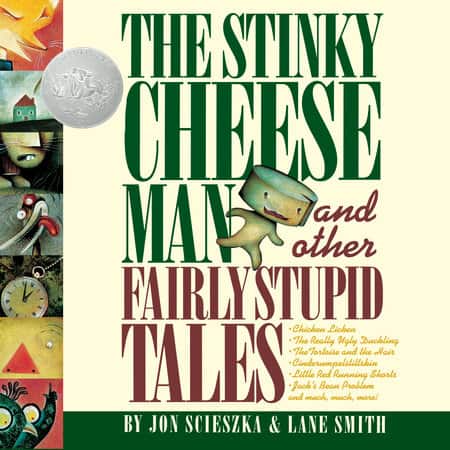-
Piper by Emma Chichester Clark Analysis
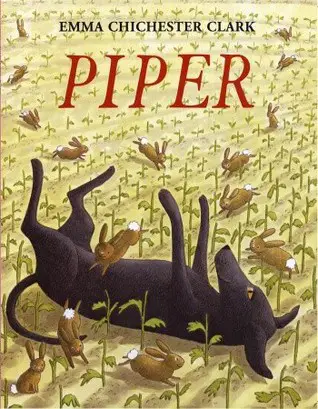
This month I wrote a post on Teaching Kids How To Structure A Story. Today I continue with a selection of mentor texts to help kids see how it works. Let’s look closely at a picture book called Piper by Emma Chichester Clark. Piper is a bit of a maudlin tale, and Piper the dog is similar […]
-
Frog Went A Courtin by John Langstaff Analysis
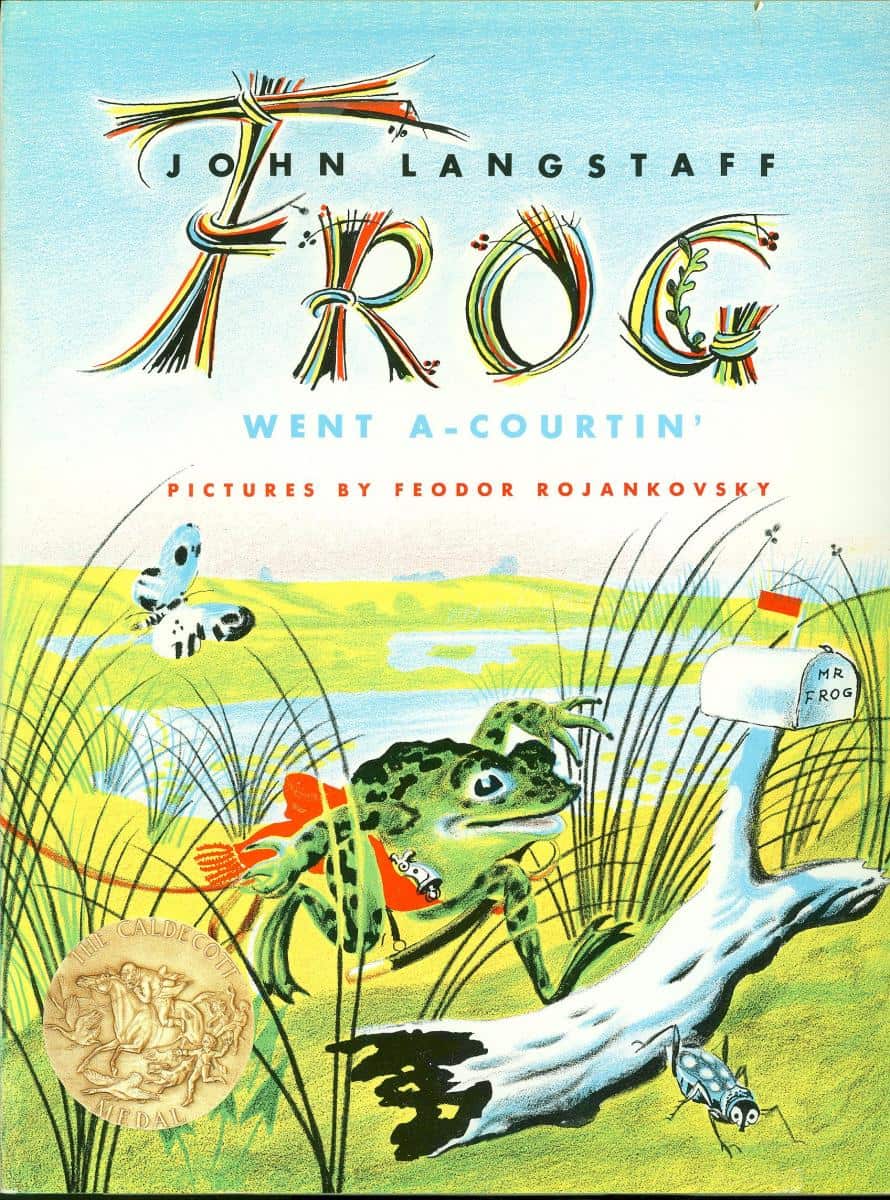
This month I wrote a post on Teaching Kids How To Structure A Story. Today I continue with a selection of mentor texts to help kids see how it works. Let’s look closely at Frog Went A-Courtin, a Scottish folk song from the 1500s, which was turned into an iconic picture book for children written by John […]
-
Father Christmas by Raymond Briggs Analysis
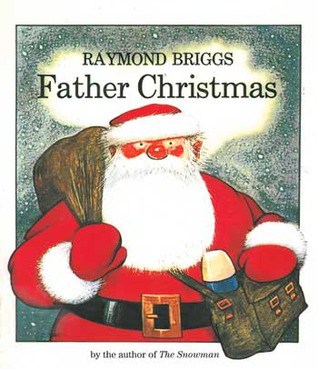
Some say that the very first British graphic novel was True Love (1981) by Posy Simmonds. Others would say it was Father Christmas by Raymond Briggs. This month I wrote a post on Teaching Kids How To Structure A Story. Earlier in the month I looked at a wordless picture book, The Snowman by Raymond Briggs. […]
-
Diary of a Wombat by Jackie French and Bruce Whatley Analysis
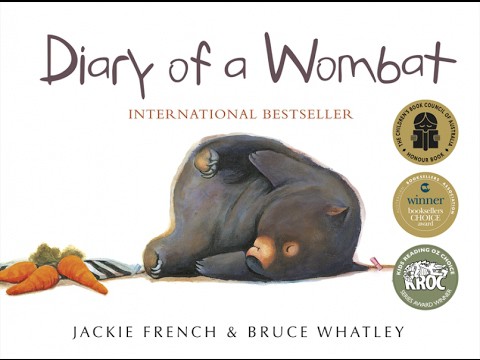
This month I wrote a post on Teaching Kids How To Structure A Story. Today I continue with a selection of mentor texts to help kids see how it works. Yesterday I analysed the structure of an Australian bush ballad. Today I stay in Australia, with the modern picture book classic Diary of a Wombat […]
-
The Chicken Book by Garth Williams Analysis
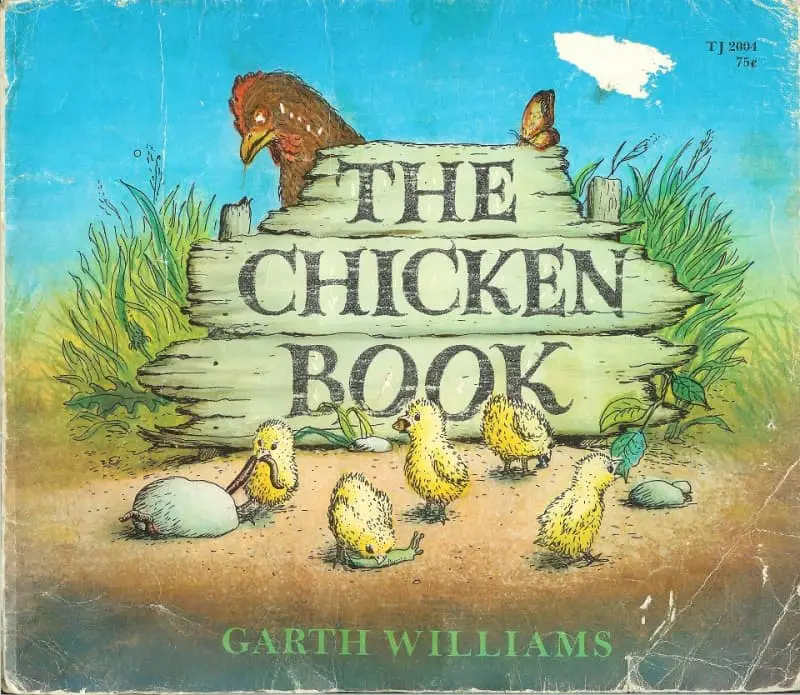
This month I’m blogging a series aimed at teaching kids how to structure a story. This seven-step structure works for all forms of narrative. It works for picture books, songs, commercials, films and novels. Today I take a close look at a story so simple you’d wonder how it could include all seven steps. Yet it […]
-
After The Fall by Dan Santat Story Analysis
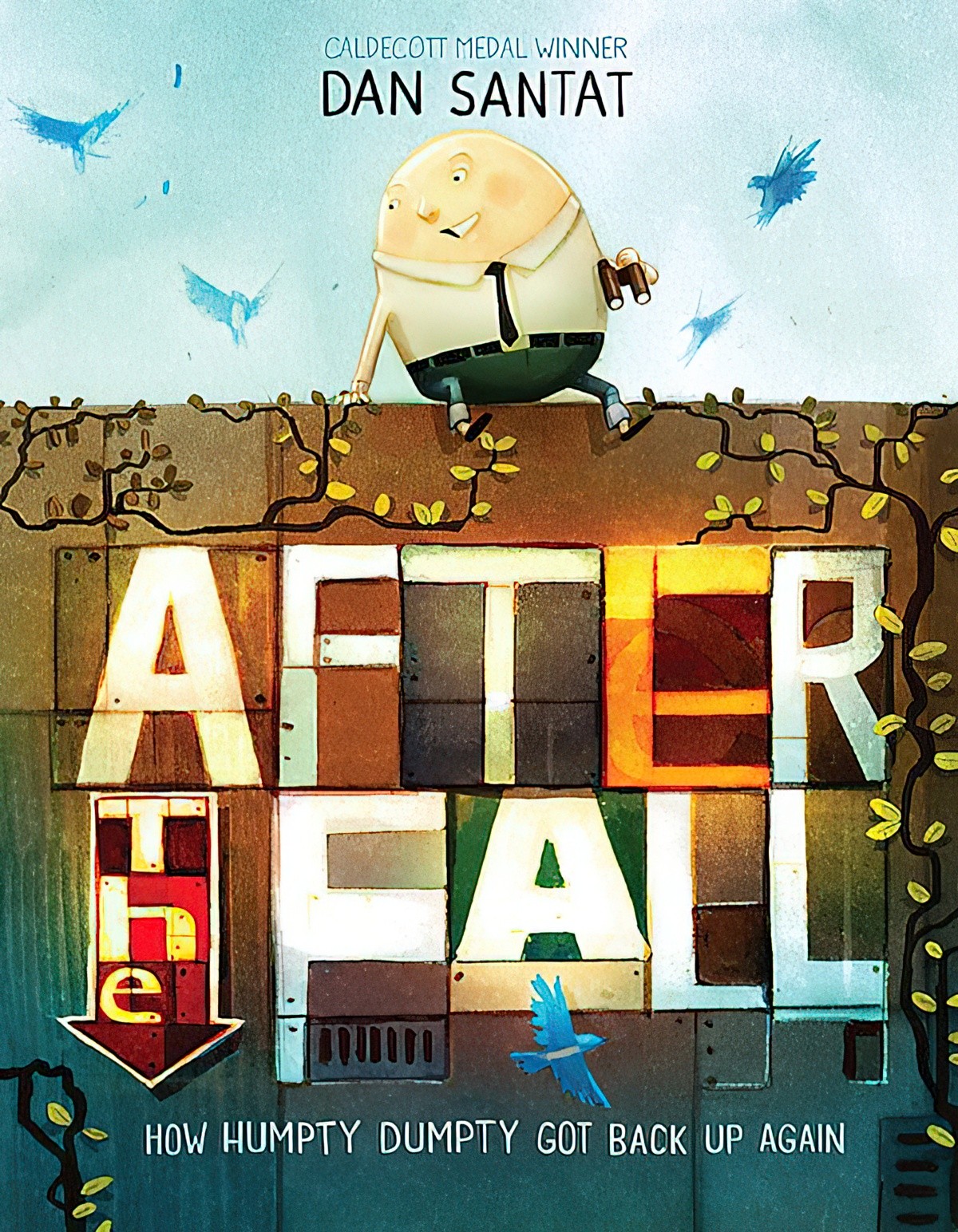
Earlier this month I wrote a post on Teaching Kids How To Structure A Story. Today as case study let’s look at Dan Santat’s After The Fall, a metaphorical picture book with a very simple storyline and a strong message. Still, this isn’t a didactic (preachy) message. Why not? Because it’s metaphorical. If you have a […]
-
We Found A Hat by Jon Klassen Analysis
Earlier this month I wrote a post on Teaching Kids How To Structure A Story. Yesterday I looked closely at Mac Barnett and Jon Klassen’s Sam and Dave Dig A Hole. Today’s picture book is We Found A Hat, which is similar to Sam and Dave Dig A Hole. In both stories, a dream sequence flings […]
-
Sam and Dave Dig a Hole Picture Book Study Analysis
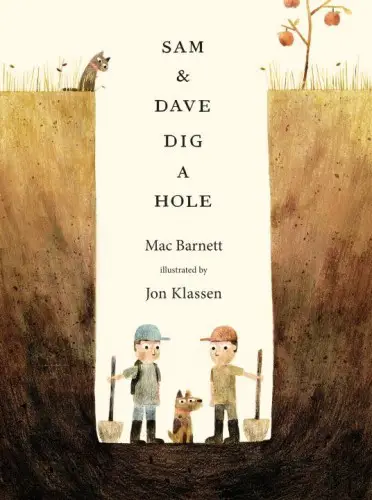
Earlier this month I wrote a post on Teaching Kids How To Structure A Story. Mac Barnett and Jon Klassen’s Sam and Dave Dig A Hole is useful as mentor text because it appears at first glance to break all the rules. This story does follow the rules of storytelling, but in an ironic way. Jon […]
-
Green Eggs and Ham by Dr Seuss Analysis
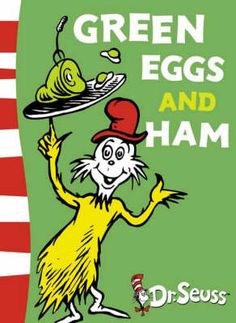
This month I’m blogging a series aimed at teaching kids how to structure a story. This seven-step structure works for all forms of narrative. It works for picture books, songs, commercials, films and novels. Today I take a close look at another Dr Seuss early reader, Green Eggs and Ham. Green Eggs and Ham is buddy […]
-
I Had Trouble In Getting To Solla Sollew Analysis
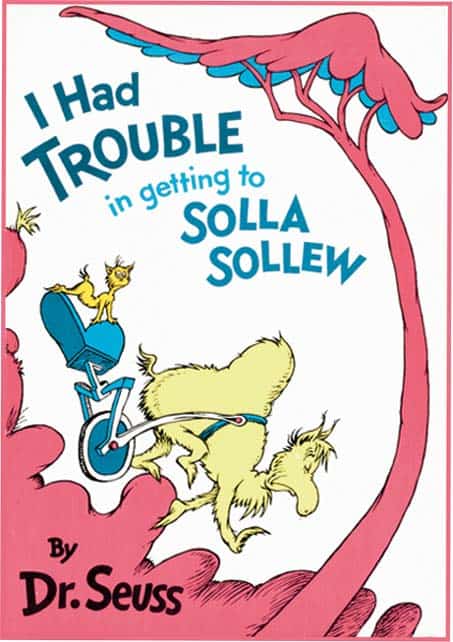
This month I’m blogging a series aimed at teaching kids how to structure a story. This seven-step structure works for all forms of narrative. It works for picture books, songs, commercials, films and novels. Today I take a close look at I Had Trouble In Getting To Solla Sollew by Dr Seuss. Solla Sollew is plotted using […]
-
The Gruffalo by Julia Donaldson and Axel Scheffler Analysis
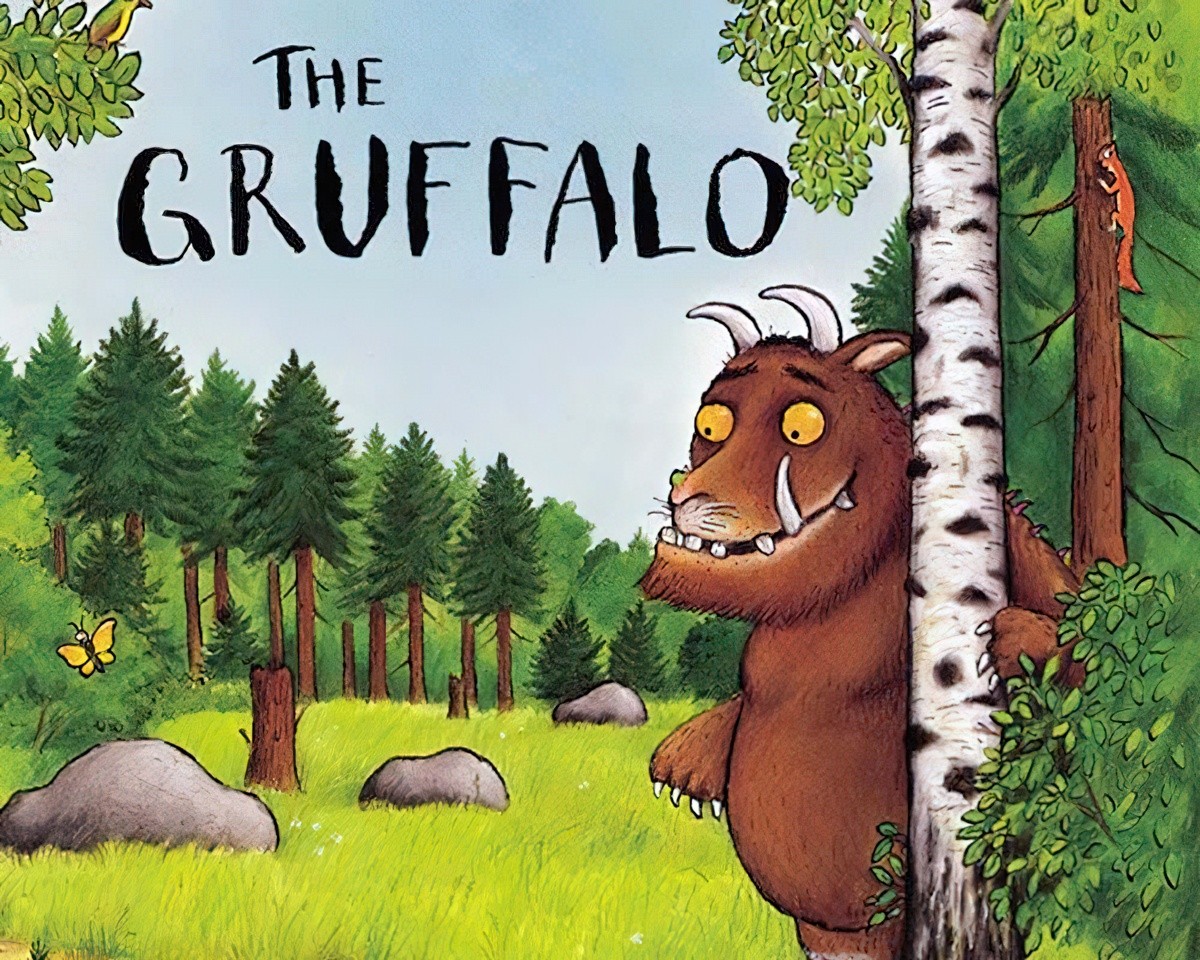
The Gruffalo is an example of mythic structure, which has been super successful as a story structure across cultures for the last 3000 years.
-
The Farmer and the Clown by Marla Frazee Analysis
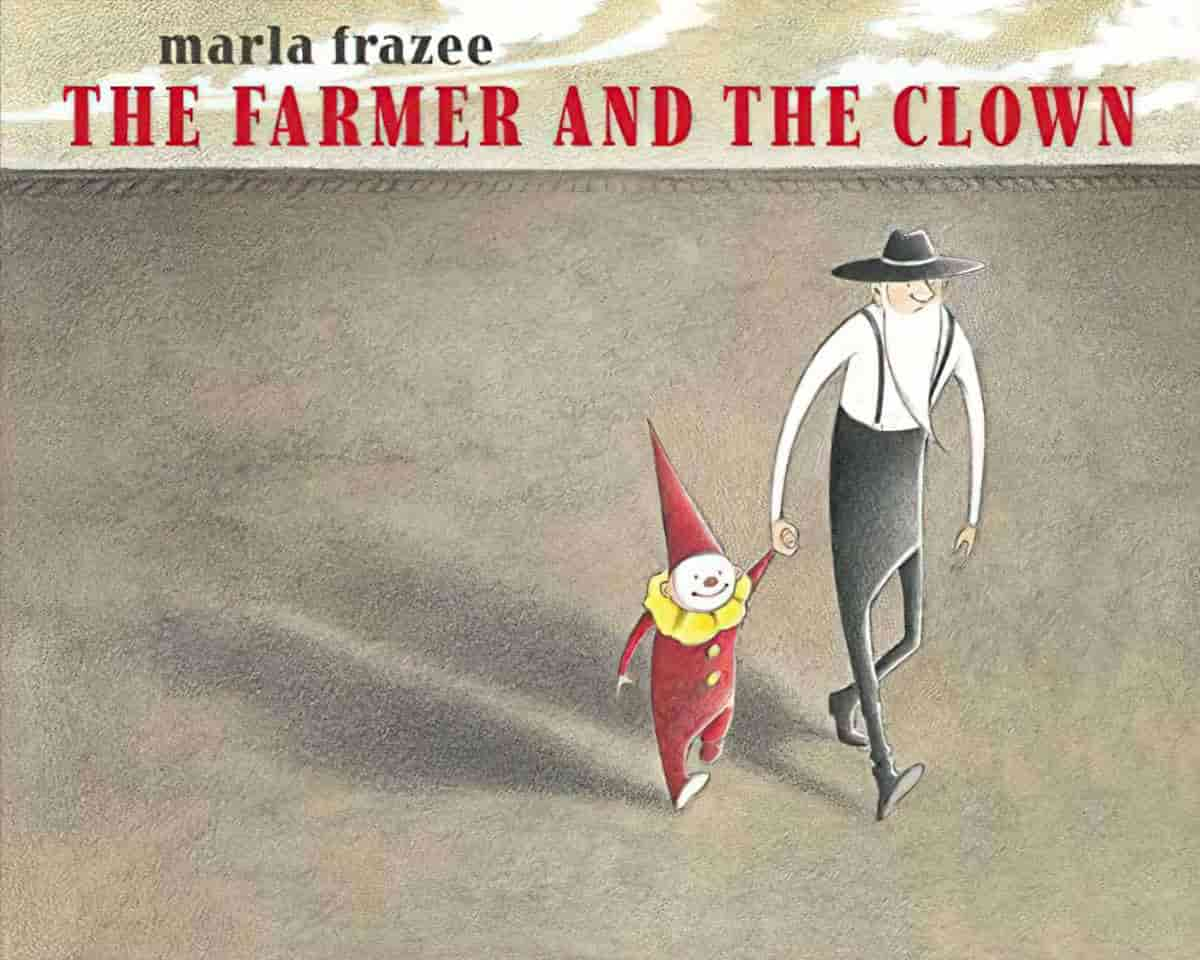
This month I’m blogging a series aimed at teaching kids how to structure a story. This seven-step structure works for all forms of narrative. It works for picture books, songs, commercials, films and novels. Today I take a close look at The Farmer and the Clown by Marla Frazee to show how universal structure exists […]
-
Alexander and the Terrible, Horrible, No Good, Very Bad Day Analysis
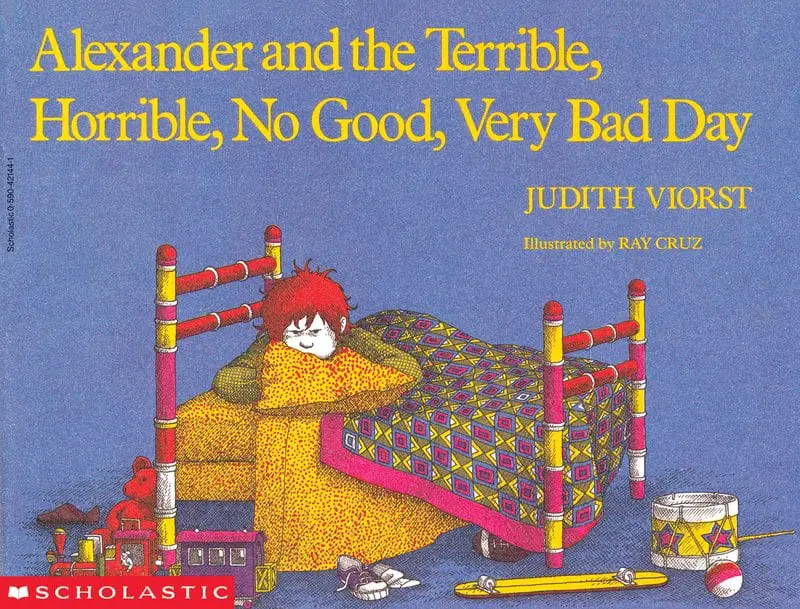
Alexander and the Terrible, Horrible, No Good, Very Bad Day is an American picture book written by Judith Viorst, published 1972. This was the first in the Alexander series, followed by: Alexander, Who Used to be Rich Last Sunday Alexander, Who Is Not (Do You Hear Me? I Mean It!) Going to Move Alexander, Who’s […]
-
Elephant and Piggie Comedy Techniques Analysis
The Elephant and Piggie books, invented by Mo Willems, are favourites of my 9-year-old daughter, who is otherwise long past beginner readers. She has asked for more Elephant and Piggies for her tenth birthday. She feels a lot of similar level stories are ‘too babyish’ for her but an enduring interest in the Elephant and […]
